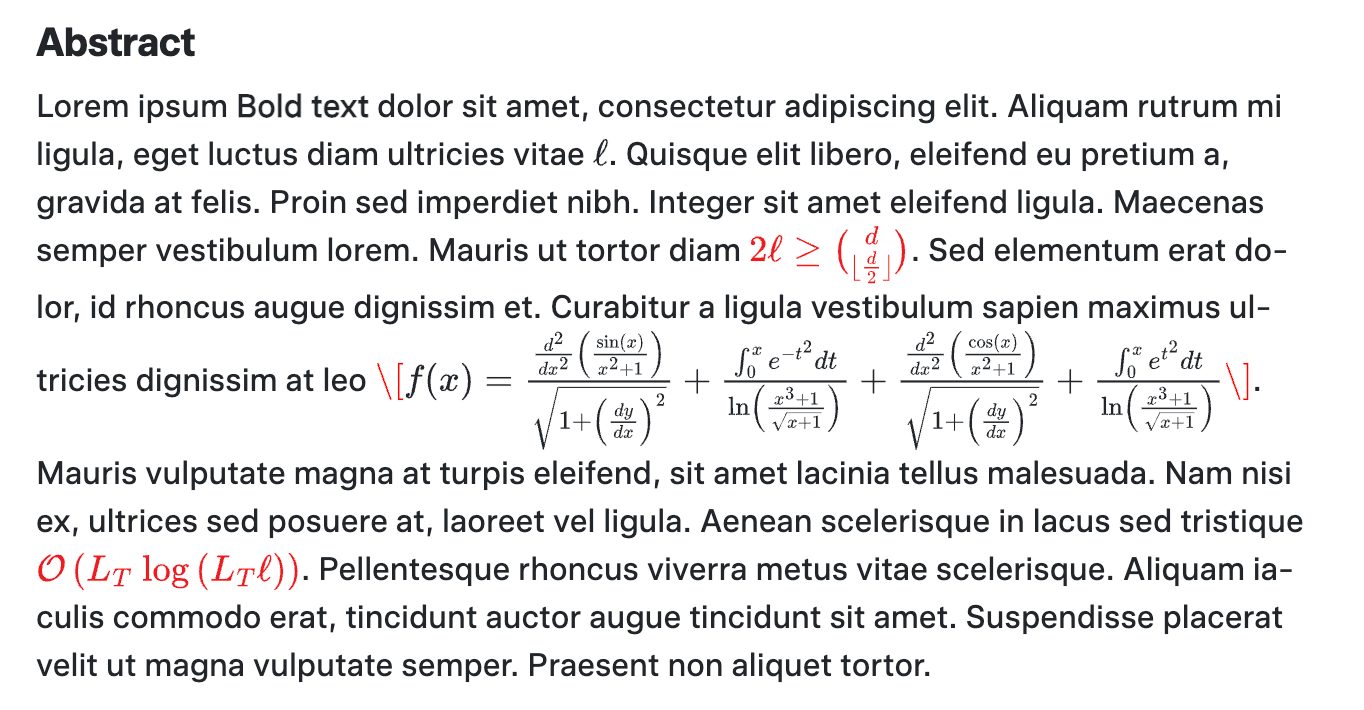Integration with Symplectic Elements - DSpace
We've integrated Symplectic Elements with GRO’s DSpace repository, streamlining the process of managing research outputs. This integration enables seamless data synchronization
Abstract: Collapsable/expandable & Math Symbols
We made the abstracts collapsible and expandable, adding a custom design to create a full-width fade effect on the item display page. This fade was necessary to prevent the abstract from being cut off halfway. Additionally, we enabled math symbol support in the dc.description.abstract metadata field to display mathematical symbols properly.
Atmire’s community fix concerning MathJax was also included in this repository highlighted in Atmire’s bugfixing in DSpace).


Materials in GRO
Material included in GRO is of a research or scholarly nature and may include:
- Peer-reviewed research articles
- Books and book chapters
- Conference papers and posters
- Higher degree by research (HDR) theses awarded by Griffith University
- Technical and commissioned reports and working papers
- Creative works with a research component from groups outside of CW’s approved disciplines (e.g. original creative works, recorded/rendered creative works and curated public exhibitions and events).
- Final state research data outputs associated with grant-funded research and with manuscripts and journals that have a data policy.
Information about the individual processing of items in the workflow
A new system was developed for Griffith to track all workflow actions performed on items. It includes an interface that allows users to search for items based on these actions and the users who performed them. Workflow actions are stored as metadata on the item, with a human-readable log and the raw JSON data. The raw log is only visible to administrators.
Admin-only versioning
In the repository, the option to create a new version of an item is restricted to users with administrative privileges. Only members of the "Administrator" group have the ability to generate new versions. When a new version is created, the handle from the original item is transferred to the updated version, while the previous version is assigned a newly generated handle. This process ensures a clear versioning structure while maintaining persistent access to the most up-to-date content.
Discover the repository here: https://research-repository.griffith.edu.au

